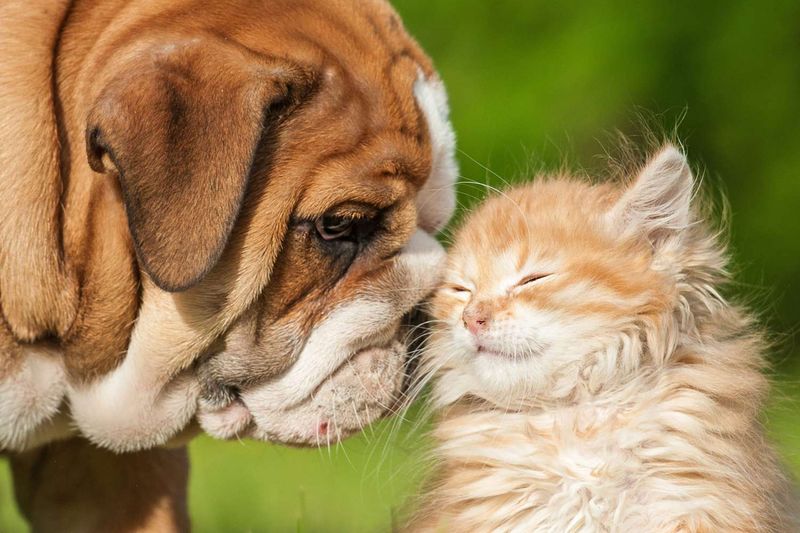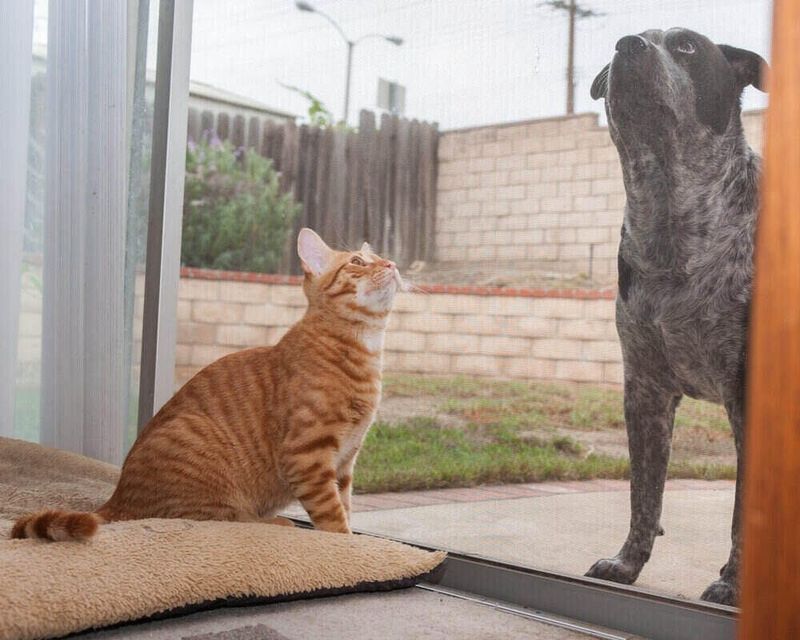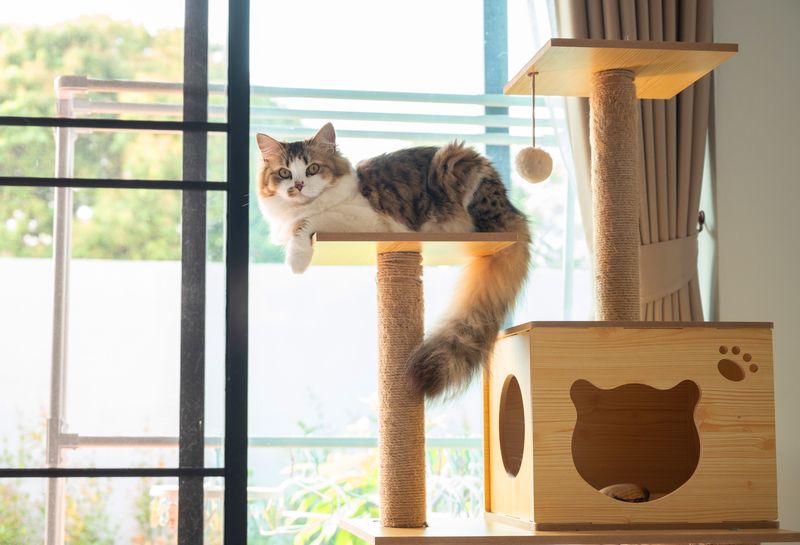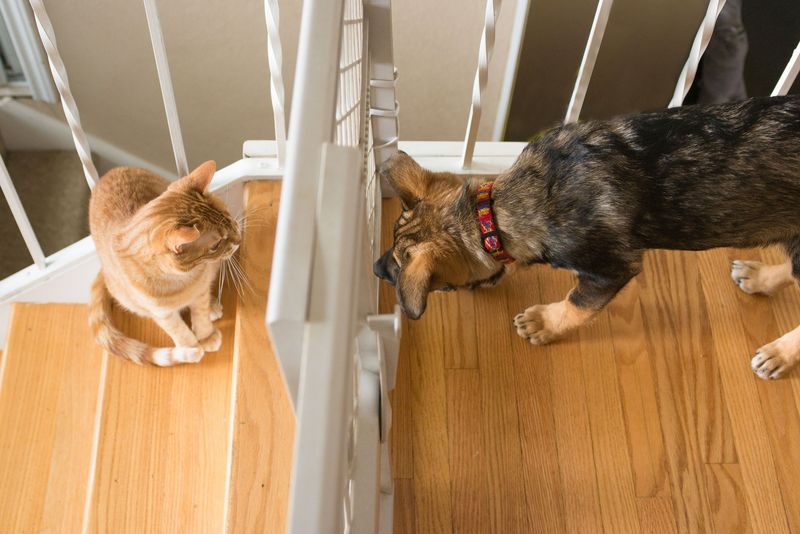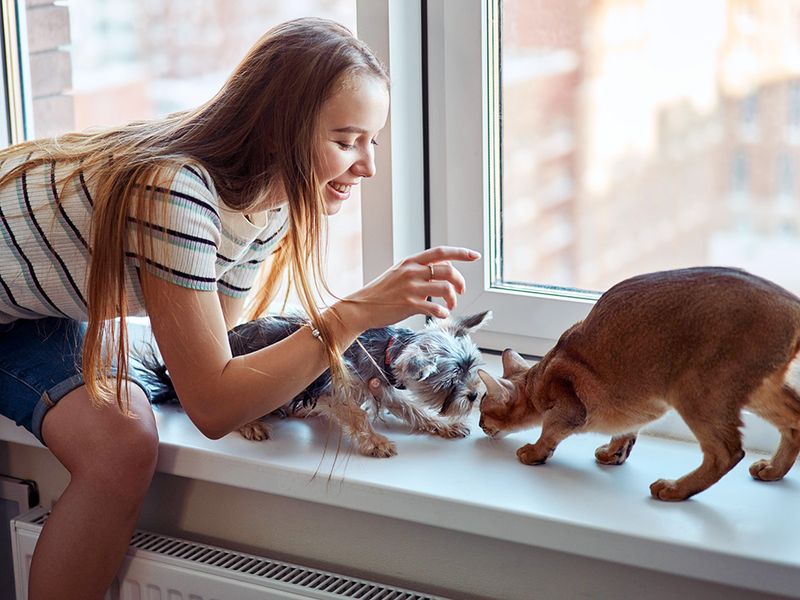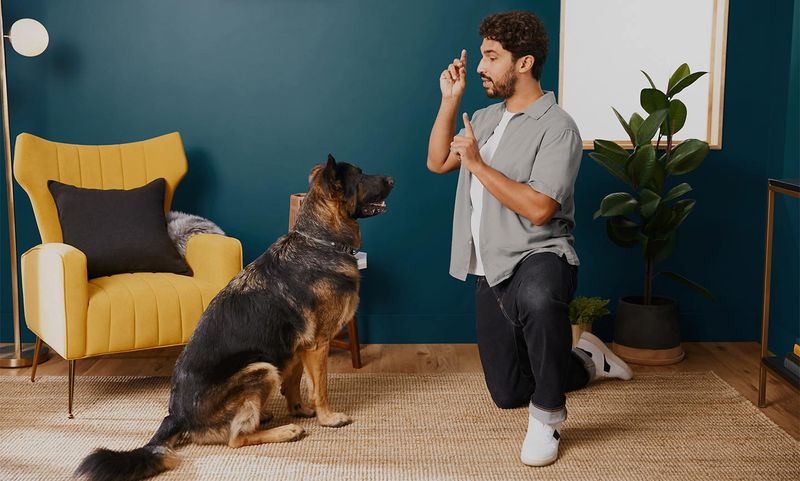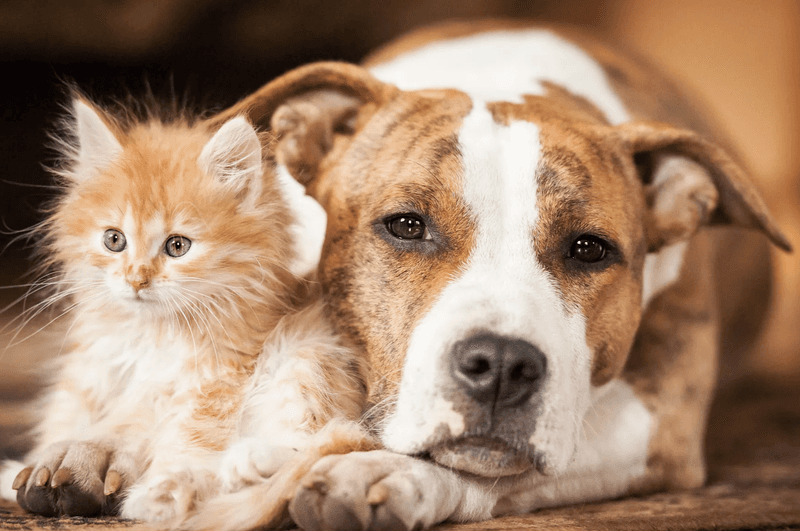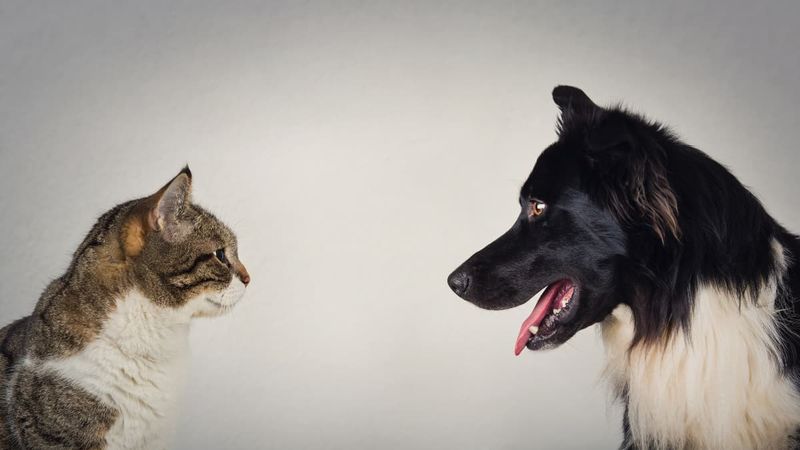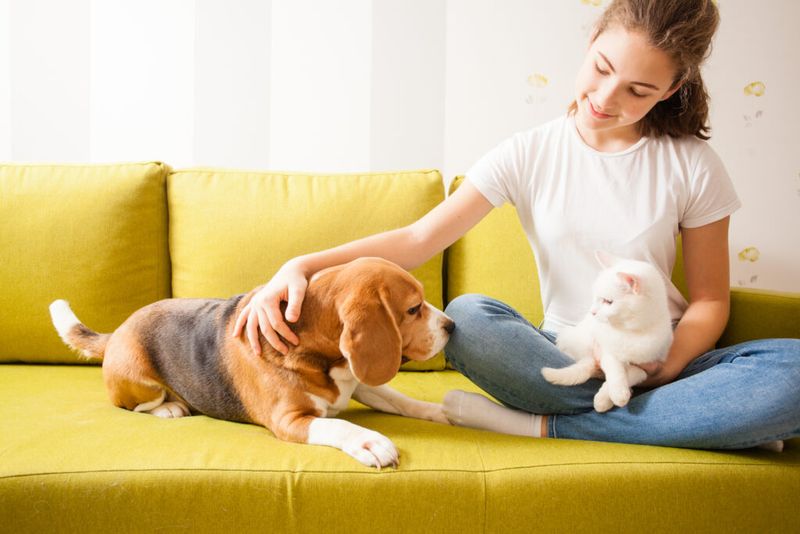11 Expert-Backed Tips to Help Your Dog and Cat Get Along
Living with both dogs and cats can feel like managing rival sports teams under one roof. Each has its own playbook, and misunderstandings are bound to happen—cue the barking, hissing, chasing, and dramatic standoffs over food bowls or favorite spots on the couch.
Many pet owners struggle with furry family members who just can’t seem to get along. But despite the stereotypes, cats and dogs aren’t born enemies. They simply communicate in very different ways. While dogs tend to be enthusiastic and social, cats are more cautious and territorial. This contrast can lead to tension, especially during initial introductions or changes in the household dynamic.
The good news? With a bit of patience, consistency, and a thoughtful approach, peaceful coexistence—and even friendship—is entirely possible. Whether you’re bringing a new pet into your home or working through ongoing spats between long-time companions, there are proven strategies to help ease the tension and build mutual trust.
In this guide, you’ll find 11 practical tips to help your cat and dog get along, from creating safe spaces to training smart behavior and everything in between. A harmonious home isn’t just a dream—it’s something you can absolutely achieve with the right steps.
1. Start with the right breed match
Not all dog breeds are equally suited for feline roommates. Breeds with lower prey drives like Basset Hounds, Newfoundlands, and Golden Retrievers often adjust more easily to cat companions. These dogs are less likely to chase or harass your cat.
Consider your pet’s personality too. A playful kitten might overwhelm a senior dog, while an energetic puppy could terrify a shy cat. Age, temperament, and previous experiences with other species matter just as much as breed.
For existing pets, think about their individual history. Did your cat live peacefully with dogs before? Has your dog shown aggression toward small animals? Honest assessment increases your chances of successful introductions.
2. Use scent introduction first
Animals understand their world primarily through smell. Before face-to-face meetings, exchange scents between your pets by swapping bedding or using a clean cloth to gently rub each animal, then placing it near the other’s favorite spot.
This scent exchange creates familiarity without the stress of direct contact. Your pets can investigate each other’s scents at their own pace, making the eventual meeting less threatening.
Try feeding both animals on opposite sides of a closed door. They’ll associate each other’s scents with something positive – mealtime! Gradually move food bowls closer to the door over several days as they become more comfortable.
3. Create a safe space for the cat
Cats need escape routes and vertical territory where dogs can’t follow. Install cat shelves, tall scratching posts, or cat trees that allow your feline to observe from above. These high perches provide security and control over interactions.
Set up a dog-free zone using baby gates or door stops that allow your cat to squeeze through but keep the dog out. This sanctuary should contain your cat’s litter box, food, water, and favorite resting spots.
Never force your cat to interact with the dog. Respect when your cat needs space, and make sure family members understand these boundaries too. A cat that feels safe is more likely to accept a canine housemate eventually.
4. Keep initial meetings controlled
First impressions matter enormously. For initial face-to-face meetings, keep your dog on a leash and allow your cat to approach or retreat at their own pace. Have treats ready to reward calm behavior from both animals.
Keep these sessions brief – just 5-10 minutes at first. Watch for signs of stress like hissing, growling, fixated staring, or hair standing up. End the meeting before either pet becomes overly anxious or aggressive.
A baby gate works wonderfully for visual introductions. Your pets can see and smell each other with a physical barrier preventing chasing or confrontation. Gradually increase meeting time as both animals show more relaxed body language.
5. Reward calm behavior
Positive reinforcement works wonders for both species. When your dog remains calm around the cat – not chasing, barking, or fixating – immediately reward with praise, treats, or a favorite toy. The same goes for your cat when it stays relaxed near the dog.
Timing matters tremendously. The reward must come exactly when the good behavior happens, not after. This creates a clear connection between peaceful coexistence and good things happening.
Never punish growling, hissing or other warning signals – these are important communications. Instead, increase distance between the animals and try again later. Punishment can create negative associations with the other pet, making the situation worse.
6. Train basic commands first
A well-trained dog is easier to manage around cats. Focus on mastering commands like “leave it,” “stay,” and a reliable recall before introductions begin. These skills give you control during tense moments and help prevent chase behaviors.
Practice these commands in various settings before adding the excitement of a cat. Your dog should respond even when distracted. Short, frequent training sessions work better than occasional long ones.
Consider clicker training for precise timing when marking good behavior. The distinct sound helps your dog understand exactly which action earned the reward. Many trainers recommend this method specifically for multi-pet households where clear communication is crucial.
7. Monitor body language
Learning to read pet body language prevents problems before they escalate. A dog’s fixed stare, stiff posture, or whining might signal unhealthy fixation on the cat. A cat’s swishing tail, flattened ears, or arched back shows fear or aggression.
Relaxed signals include soft eyes, loose body posture, and normal breathing in both animals. Watch for play bows from dogs (front end down, rear up) which indicate friendly intentions. Cats might slow-blink or present their side to a dog they’re beginning to trust.
Keep a journal of interactions, noting specific behaviors and contexts. Patterns will emerge, helping you identify triggers for tension. This information proves invaluable for understanding what situations need management.
8. Feed them separately
Mealtime can trigger resource guarding and tension. Feed your pets in different locations, preferably with a closed door between them. This prevents food stealing and eliminates competition during vulnerable moments.
Consider elevated feeding stations for cats where dogs can’t reach. Some pet parents use timed feeders for cats to access food throughout the day without dog interference. Remove food bowls when meals are finished to prevent guarding behaviors.
Never free-feed (leaving food out all day) in multi-species households. Scheduled meals create routine and prevent food-related conflicts. This approach also helps you monitor each pet’s appetite and consumption, important indicators of health and stress levels.
9. Provide daily exercise
A tired dog is less likely to chase or harass your cat. Ensure your canine companion gets appropriate physical and mental exercise daily through walks, play sessions, and training. A dog with pent-up energy often redirects it toward chasing cats.
Cats need exercise too! Interactive toys, climbing opportunities, and play sessions help burn energy and reduce anxiety. Even indoor cats benefit from designated play times that satisfy hunting instincts.
Consider separate play sessions initially, then parallel play where both pets engage in activities in the same room but with different people. This creates positive associations with being in shared space without direct interaction, gradually building tolerance and comfort.
10. Don’t rush the process
Successful dog-cat introductions typically take weeks or even months – not days. Rushing increases the risk of negative experiences that can permanently damage their relationship. Follow your pets’ cues rather than a calendar.
Progress often follows a “two steps forward, one step back” pattern. Don’t be discouraged by setbacks. Simply return to the previous successful stage and proceed more slowly.
Watch for subtle signs of improvement: a cat choosing to enter a room where the dog is sleeping, or a dog glancing at the cat then looking away without fixating. These small moments indicate growing comfort. Celebrate these victories while continuing supervised interactions until you’re completely confident in their relationship.
11. Know when to get professional help
Some situations require expert guidance. If your dog shows predatory behavior toward your cat (stalking, lunging, inability to break focus) or if either pet displays increasing fear or aggression after several weeks of proper introductions, consult a professional.
Look for certified animal behaviorists or trainers experienced specifically with dog-cat households. They can provide customized strategies based on your pets’ individual personalities and needs. Many offer in-home consultations to observe the actual dynamics.
Be wary of outdated advice about forcing animals to “work it out” or using punishment. Modern behavior science emphasizes positive methods that build trust rather than fear. The right professional will help you set realistic expectations while prioritizing both pets’ wellbeing.

